Last Updated on December 6, 2023
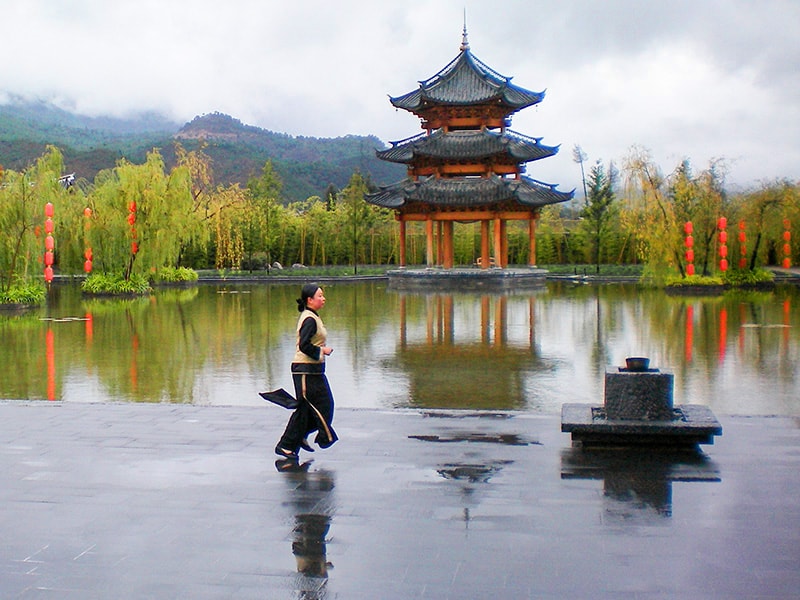
Estimated reading time: 6 minutes
By Jim Ferri
Food always tastes better when you get it at the source. Fish ‘n Chips in London; steak in Buenos Aires; crepes in Paris; Chinese food in Lijiang, Yunnan, China.
The same is true for Chinese food. It certainly tastes better in China than at our local Peking Palace All-You-Can-Eat Buffet.
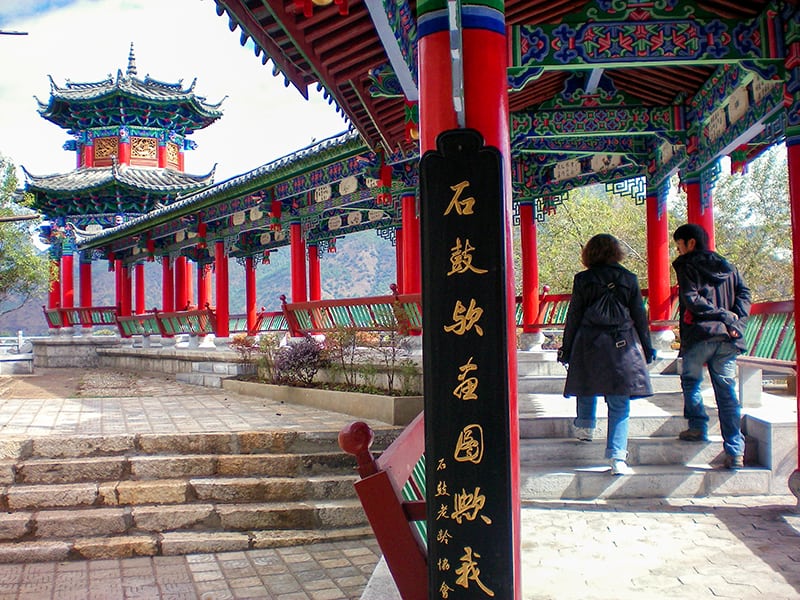
In search of more authentic culture and cuisine than we would find in Beijing, Shanghai or Guangzhou, on a trip to China my wife and I decided to venture further afield for the sights and tastes of a more authentic China.
My wife Marjorie and I left Beijing one day and flew south to the city of Lijiang in the province of Yunnan, China. We felt the seven-hour flight from Beijing (and also from Hong Kong, if you want to avoid the busy capital) would provide the sights and tastes of a more authentic China. We wanted to taste more regional food beyond the typical fare served to tourists in the larger norther cities.
Lijang and Yunnan are also the home of the Naxi people, one of the last matriarchal societies in existence. In the Naxi society the women go out to do the work in the fields, or elsewhere, and the men stay home with the children and keep the house. It was almost like stepping into another world, made even more so since the Naxi wear their national costumes all the time, not just for tourists.
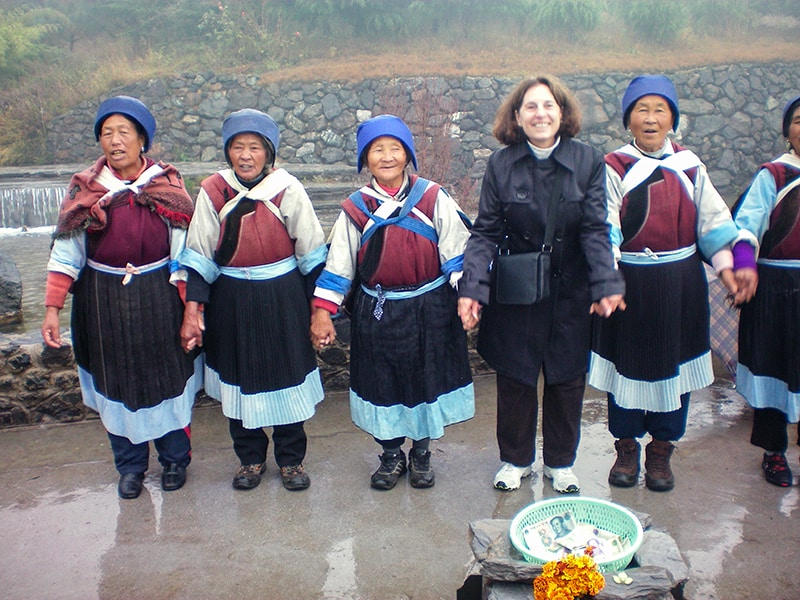
Food of Lijiang and Yunnan, China
Through our US travel agent we had hired Jake, a local guide who was highly recommended by her. Along with a driver, Jake was to show us the Lijang and the Yunnan countryside.
Arriving in Lijiang was almost like stepping into another world. It was a beautiful old city, totally unlike the capital, and without the congestion and smog of the capital. But the disparities went far beyond that: the people were also quite different.
Both in Lijiang and the surrounding area the Naxi have retained their traditional culture. Many continue to wear their national costumes all the time, not just for tourists, and have different customs than elsewhere in China. Obviously, this is something we expected since the Naxi haven’t yet been totally assimilated into traditional Chinese society.
In the mornings we drove all over visiting various towns and stopping wherever we liked. Later in the afternoon we’d be back at our hotels or wandering about the old town of Lijang which is quite beautiful and atmospheric. It was just what we wished to be doing after escaping the more-modern and congested capital
What was very distinctive about Lijang and Yunnan, though, was the food, which was different and fresher than anything in Beijing. I’m not adventurous with food (although Marjorie is) but we both found it to be a great opportunity to sample Chinese “home cooking” at its source.
From our home-base hotel in Lijiang we drove about Yunnan for entire days, stopping at several different restaurants along the way. Interestingly, a couple of them were actually parts of large houses, still resided in by the owners.
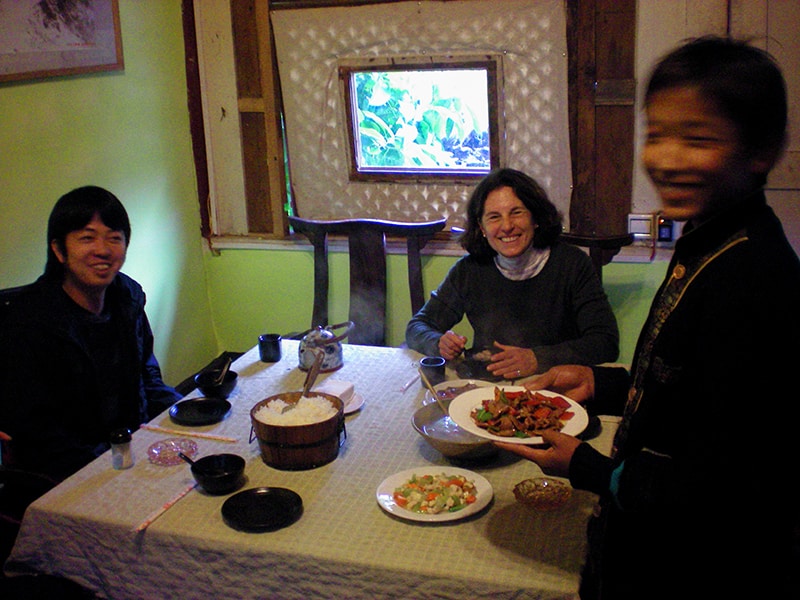
At one of them – we called it “the place with the chili peppers” for the strings of red peppers hung outside its door – along with Jake and our driver we dined on local dishes in a room off a courtyard. At another, the Green Snow Restaurant outside Lijiang (Jake said the local people called it No. 8 Restaurant, for some reason) we lunched in a small room away from the main house.
Bundled up next to a small coal-filled brazier to ward off the chill at No. 8, we had a fantastic meal of beef, chicken and fresh vegetables, serenaded by recordings of “Only You” and other old hits by The Platters. There’s nothing like sweet-and-sour chicken served with a side dish of memory lane.
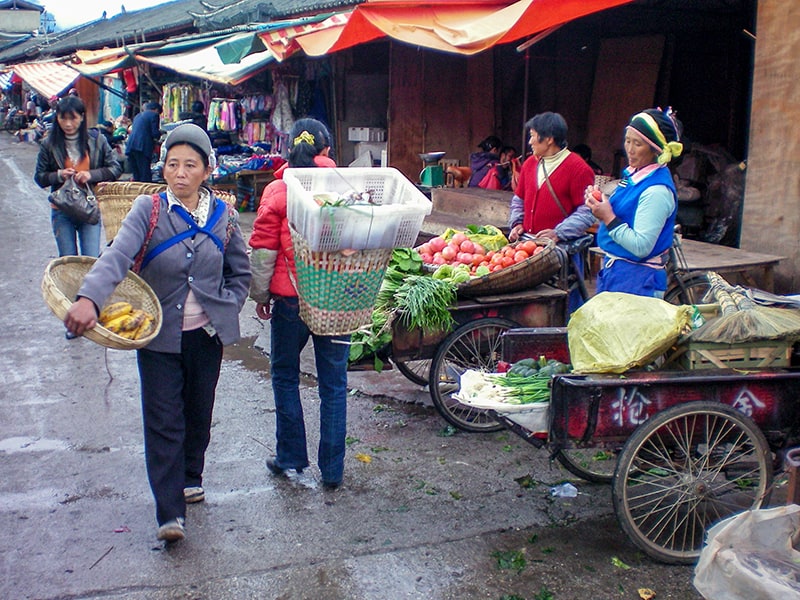
The Best Pizza in China?
But the meal that still stands out in my mind had nothing to do with the food. It happened one night in Lijiang when we chose to go to the restaurant Michi, not so much because Jake told us “it was really popular with foreign tourists,” but because, he added, “ it has the best pizza in China.”
Chinese pizza? Who could resist the temptation to take a peek into this clandestine corner of Chinese cookery in far-off Lijiang, China? Off we went.
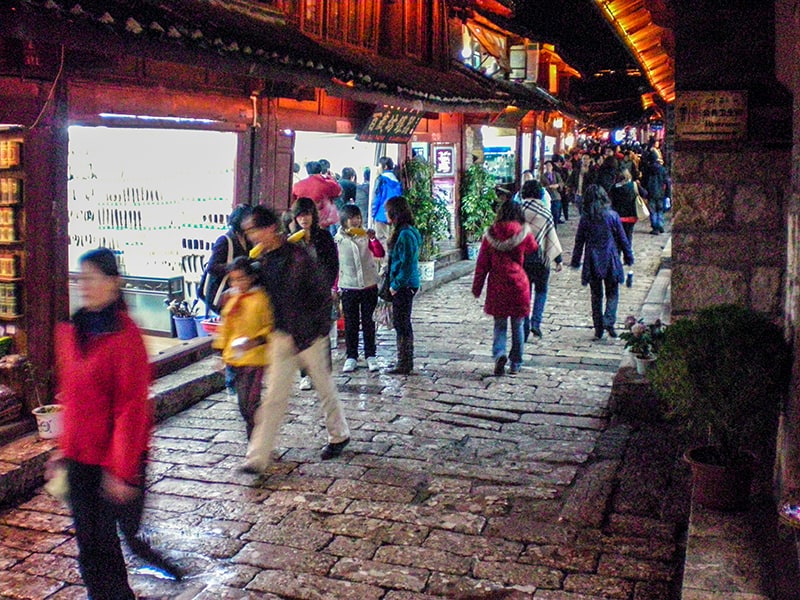
The place was dimly lit and nondescript with, from what I could tell, mostly Europeans and Israelis at its few tables. We ordered three beers, a local chicken dish and a pizza, and made small talk with Jake until the food arrived.
The pizza turned out to be all cheese, with not a speck of tomato anywhere. The cheese had a unique sweetness, making it unlike any pizza we had ever had before.
As I turned to Jake to comment on its unique flavor, I immediately saw a clash of cultures.
There Jake sat, quietly eating his slice with chopsticks.
If you go:
China National Tourist Office (New York)
370 Lexington Avenue, Suite 912
New York, NY 10017
Tel: (888) 760-8218
China National Tourist Office (Los Angeles)
550 North Brand Boulevard, Suite 910
Glendale, CA 91203
Tel: (800) 670-2228
http://www.cnto.org/

I never had Chinese Pizza on my trip, it sounds a bit of a mystery! Love the photo of the colorful covered corridor, reminds me of the long corridor in Beijing’s Summer Palace. What a fascinating insight into the life of the culture of the Naxi people of Lijiang ,Enjoyed your post and pics.